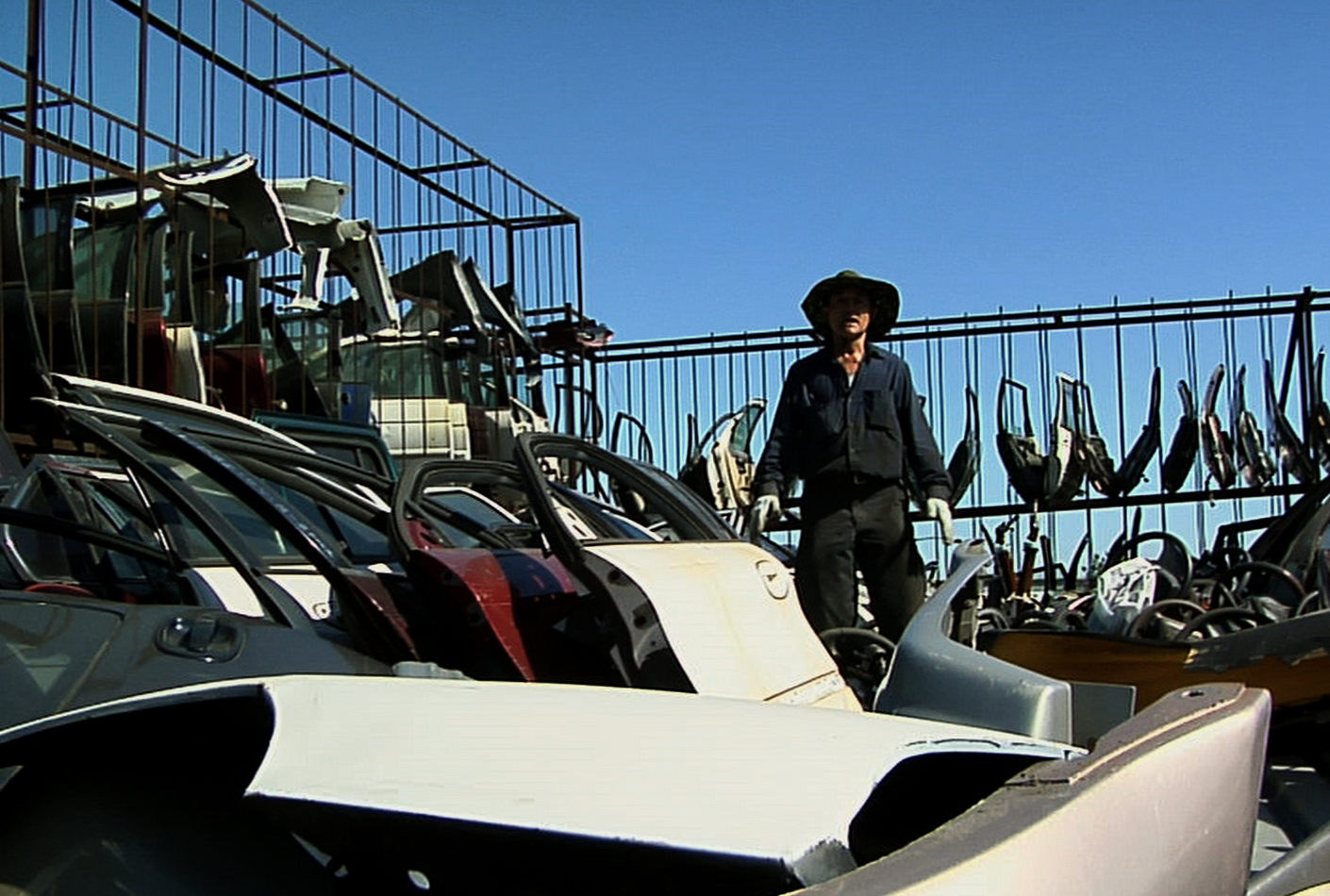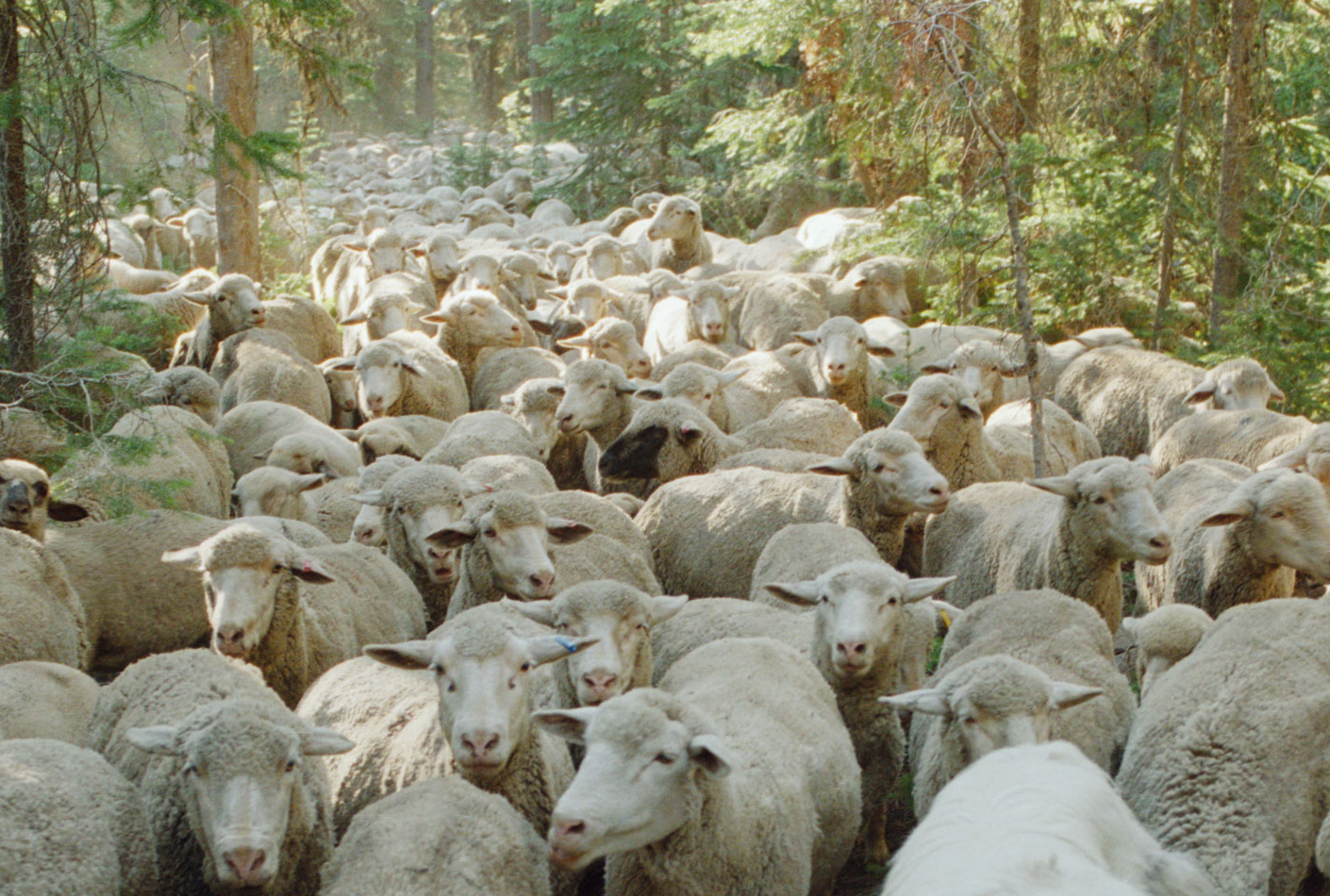Foreign Parts
France, USA | OmeU
 A hidden enclave in the shadow of the New York Mets’ new stadium, the neighborhood of Willets Point is an industrial zone fated for demolition. Filled with scrapyards and auto … read more
A hidden enclave in the shadow of the New York Mets’ new stadium, the neighborhood of Willets Point is an industrial zone fated for demolition. Filled with scrapyards and auto … read more
 A hidden enclave in the shadow of the New York Mets’ new stadium, the neighborhood of Willets Point is an industrial zone fated for demolition. Filled with scrapyards and auto … read more
A hidden enclave in the shadow of the New York Mets’ new stadium, the neighborhood of Willets Point is an industrial zone fated for demolition. Filled with scrapyards and auto … read more
 The film explores the subtle everyday interactions and relationships among an uncle and nephew, both nicknamed “Kale,” or “black one,” and their families in rural Nepal. The roles they play … read more
The film explores the subtle everyday interactions and relationships among an uncle and nephew, both nicknamed “Kale,” or “black one,” and their families in rural Nepal. The roles they play … read more
 Creative Ethnography of Beings and Things The films by Judith and David MacDougall have had a decisive impact on the work of the Sensory Ethnography Lab. Lucien Castaing-Taylor, the founder … read more
Creative Ethnography of Beings and Things The films by Judith and David MacDougall have had a decisive impact on the work of the Sensory Ethnography Lab. Lucien Castaing-Taylor, the founder … read more
 Sheep – as far as the eye can see. The anthropologists and filmmakers Lucien Castaing-Taylor and Ilisa Barbash spent three summers documenting sheep farming at one of the last family-owned … read more
Sheep – as far as the eye can see. The anthropologists and filmmakers Lucien Castaing-Taylor and Ilisa Barbash spent three summers documenting sheep farming at one of the last family-owned … read more

P. Sniadecki, who lived in China for a long time and travelled all over the country by train, condensed the results of these ethnographic excursions into a multifarious and colorful film. The entire cosmos of this part of the world can be found in the troubles, stories, hopes, and expectations of people from all walks of life moving amidst heavy luggage, small children, strict railway conductors and chickens flying around. Outside is the vast, expansive foreign country. (Viennale)
“Sniadecki offers a formally controlled look at the range of classes, the implied changes wrought by China’s economic boom, and the interactions particular to train travel. Refreshingly, Sniadecki allows the film — or rather, some passengers — to engage in politics, from the rights of minorities to economic pressures. While cerebral in intent and planning, the pic doesn’t feel overly straitjacketed by theory and offers unexpected moments of amusement.” (Jay Weissberg, Variety)
“The train’s roar is a constant, interrupted by some amazing monologues and conversations: a young woman, work weary, musing about how nice it would be to do nothing than eat and sleep all day; a conversation about the particulars of Muslim life in the outer provinces, and a young boy’s dazzlingly nihilistic parody of a train conductor’s setting-off speech.” (filmmakermagazine.com)